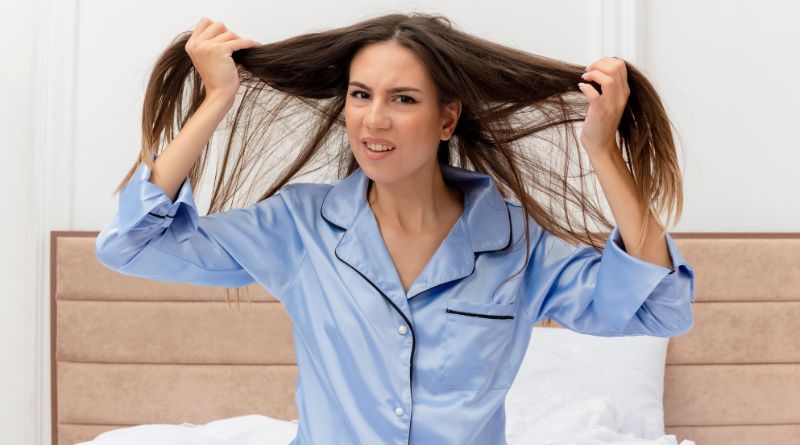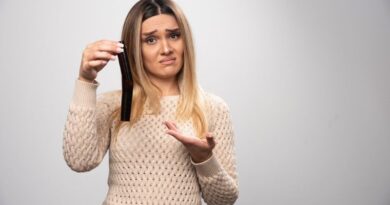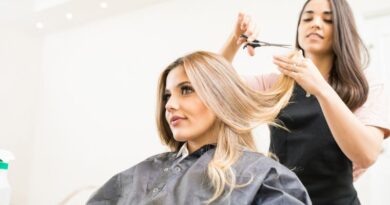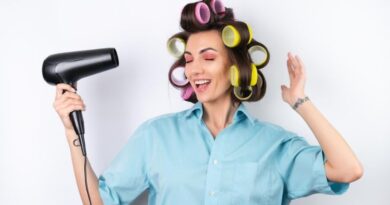Some people prefer to have a bath at night; however, some love to do it in the morning. Women often wash their hair at night either to save some time in the morning, for a good sleep at night, or for other reasons.
Firstly, it is discomforting sleeping with wet hair; secondly, when you wake up in the morning, the hair becomes frizzy and remains damp inside.
You have to feel pain and waste time untangling that frizzy hair in the morning. This way, the time and efforts you want to save by washing them at night go to waste. Also, when hair are wet, they are more prone to damage, and many other problems can happen.
So, how to sleep with wet hair? What are the downsides of sleeping with wet hair? How can you avoid damage or other problems caused by sleeping with wet hair at night?
Let’s get the answer to all these questions and learn how to sleep with wet hair!
What are the downsides of sleeping with wet hair?
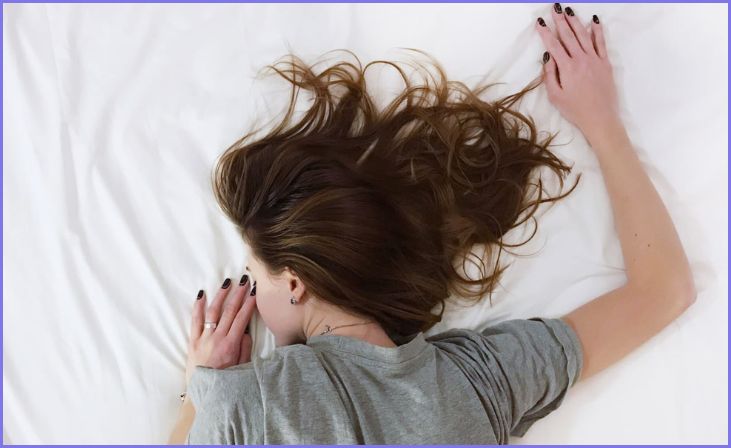
Many hair experts and stylists say a big no-no to sleep with wet hair. This is because it has many downsides. When our hair is wet, the cuticles lift up, and it makes hair more elastic and open to damage.
So in simple words, the hair is prone to damage and breakage if kept wet during sleep.
Let’s have a look at other hair problems that can happen, sleeping with wet hair.
- Scalp Problems: Sleeping with wet hair can cause scalp problems, including unwanted bacteria, fungal infections, itchiness, dryness, dandruff, and skin irritation.
- Damage to hair Cuticles: Hair cuticles can also get damaged by sleeping with wet hair.
- Strands Damage: It can cause flattens and dry strands.
- Odor: Also, unpleasant hair odor can start coming from your hair.
- Tangling and Splitting Ends: Your hair gets tangled and can even have split ends when you sleep with wet hair.
- Hair Damage: Your wet hair can get friction against the pillow, leading to hair damage.
- Dandruff Problem: The problem of dandruff can be aggravated if you sleep with damp hair.
So now you understand what problems can happen by sleeping with wet hair. And you may be just doing it again and again without even knowing such problems.
How to sleep with wet hair?
So what can be done to avoid the problems mentioned above? How to sleep with wet hair without having such issues? Here are some helpful things that you can do to prevent hair damage and issues and continue sleeping with wet hair.
1) Make sure to not sleep with sopping wet hair!
If you’re used to washing hair at night and then sleeping with those damp hair, then try to dry them enough, so they are not sopping wet. Sopping wet hair can cause your pillow to be wet, which can further keep your hair damp and prone to scalp problems.
2) Change shower timings
Even if you’re used to washing hair at night, you should try to switch up the shower timings. This will give more time to your hair to get dry naturally and without using a blow dryer.
Also, sleep with wet hair only once in a while. Sleeping only once in a while may not break your cuticle or damage it at a high level. However, doing it daily will surely do the damage.
3) Use a blow dryer to dry out your hair
Even if you’ve washed hair at night and now you’ve not enough time to let them dry naturally, use a blow dryer to dry them. It will surely decrease the harm that could happen with sopping wet hair.
Don’t use a blow dryer daily on a high heat setting. Also, using a blow dryer daily on wet hair will make them weaker.
Quick Link: How to lighten Hair dyed too dark
4) Wrapping hair loosely in a microfiber towel
Using a microfiber towel is another way to prevent hair damage if you sleep with wet hair. If you tie your hair loosely in a microfiber towel, then it will make your hair dry more quickly, and your will also not scratch against the pillow.
The best way to tie wet hair in the towel is to wrap a towel around your hair, circle up the towel and now pile up the towel on your head like shown in the picture.
Next morning, you will have dry hair which will be not frizzy and even tangle-free to an extent. Also, it will not be discomforting to sleep with the towel crown.
5) Choose silk or satin pillowcases
A silk or satin pillowcase is best if you’re used to sleeping with wet hair. A silk or satin pillowcase will allow your wet hair to glide freely. Also, your wet hair will not rub against silk or a satin pillowcase.
In this way, your hair won’t be damaged or frizzy. It is best to use a silk or satin pillowcase if you have straight hair.
6) Brush your hair with a wide comb and make a loose bun
In order to protect your hair from damage while sleeping with wet hair, use a wide comb and make a loose bun.
You can also use light gel to hold your hair. First, you need to keep the hair on your backside, comb it with the wide comb, and make a braided ponytail or simple ponytail. Now make a loose bun and go to sleep.
When you wake up in the morning, you will have dry, tangled-free, and slick hair.
Tips: should i wash my hair before going to the salon
7) Use a leave-in conditioner
The main problem sleeping with dry hair is you wake up with frizzy hair. So to keep that problem away, you can use a leave-in conditioner, which will smoothen the hair and will avoid frizziness in the morning.
For this, you have to comb hair with a wide comb and then use a leave-in conditioner on them. You will surely see a better result.
8) Change your pillow often
The last but important thing you can do to avoid hair problems and sleep with hair is to change your pillow often. Because when you sleep with wet hair, your pillow gets wet. So it will have humidity when you sleep the next night. It will cause germs and bacteria to your hair.
So change your pillow often to avoid any hair allergy problems.
How to sleep with wet hair, in case I have straight hair?

Sleeping with wet, straight hair requires a gentle approach to avoid tangles and frizz. Consider these steps:
Pat Dry with a Towel
When sleeping with wet, straight hair, the first step is to pat dry with a towel. Gently blotting your hair removes excess moisture without causing friction, which can lead to frizz and damage. Opt for a soft towel to delicately absorb the water, starting at the roots and working your way down to the tips. This method prevents unnecessary stress on the hair cuticles, ensuring a smoother and more controlled drying process. By patting your hair dry, you set the foundation for a well-maintained and frizz-free appearance, allowing your straight hair to dry naturally and beautifully while you sleep.
Apply Leave-In Conditioner
Applying a leave-in conditioner is a crucial step when sleeping with wet, straight hair. This product provides ongoing hydration and nourishment, promoting a sleek and manageable texture as your hair dries. After patting your hair dry with a towel, work a small amount of leave-in conditioner through the lengths and ends of your straight hair. This helps to detangle strands, minimize frizz, and maintain a smooth finish. The leave-in conditioner acts as a protective barrier, keeping your hair moisturized and healthy throughout the night. By incorporating this step into your nighttime routine, you ensure that your straight hair wakes up with a soft, conditioned feel, ready to be styled effortlessly in the morning.
Comb Through
After applying leave-in conditioner, the next step in managing wet, straight hair before bedtime is to comb through it. Use a wide-tooth comb to gently detangle your hair, starting from the tips and working your way up towards the roots. This method prevents breakage and minimizes stress on your hair strands. By combing through your hair, you ensure an even distribution of the leave-in conditioner, promoting a smooth and frizz-free appearance as your hair dries overnight. This step also sets the foundation for a well-maintained and easily manageable hairstyle when you wake up. Take your time and be gentle, allowing the comb to glide through your straight hair effortlessly for optimal results.
Satin or Silk Pillowcase
Choosing a satin or silk pillowcase is a game-changer for maintaining straight hair while you sleep. Unlike cotton, these smooth materials create less friction, reducing the risk of tangles, breakage, and unwanted frizz. Sleeping on a satin or silk pillowcase also helps retain your hair’s natural oils, keeping it moisturized and promoting a sleek appearance. For individuals with straight hair, this gentle surface ensures that your strands glide effortlessly during the night, preserving your sleek hairstyle. Make the switch to a satin or silk pillowcase to wake up with straight, smooth hair and simplify your morning styling routine. It’s a small investment that pays off in the form of healthier, more manageable hair.
How to sleep with wet hair, in case I have curly hair?
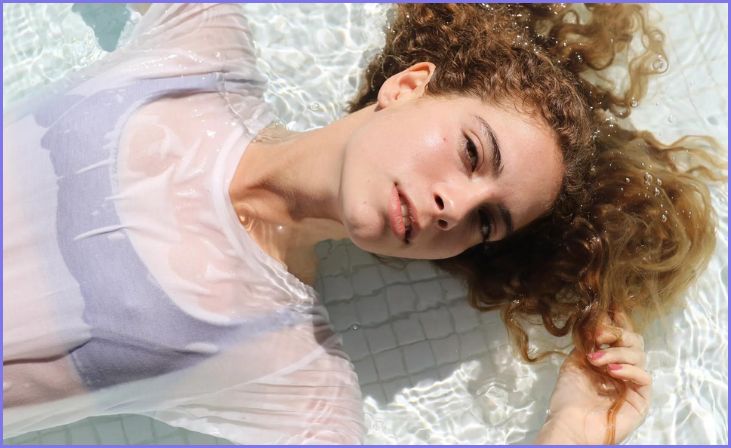
Microfiber Towel
A microfiber towel is an essential tool for hair care, especially for those with curly or delicate hair. Unlike traditional towels, microfiber towels have a smoother texture that minimizes friction and reduces the risk of frizz and breakage. When used to dry wet hair, they absorb excess moisture gently, preventing damage to the hair cuticles. This makes microfiber towels an ideal choice for individuals seeking to maintain the integrity and natural texture of their hair, ensuring a smoother and more controlled drying process. Incorporating a microfiber towel into your hair care routine can contribute to healthier, more vibrant hair, particularly for those with curly or easily damaged hair types.
Satin or Silk Pillowcase
Opting for a satin or silk pillowcase is a wise choice for maintaining the health and appearance of your hair. Unlike cotton, these materials create less friction, preventing hair breakage, tangles, and split ends. Satin and silk also help retain the natural oils in your hair, keeping it moisturized and reducing frizz. This smoother surface is particularly beneficial for individuals with curly or delicate hair, as it allows the hair to glide across the pillowcase, preserving its natural texture. Making the switch to a satin or silk pillowcase is a simple yet effective step in promoting healthier and more manageable hair, ensuring you wake up with smoother strands and fewer styling challenges in the morning.
Loose Braid or Pineapple
Opting for a loose braid or pineapple hairstyle is an excellent choice for preserving the integrity of your curly hair while you sleep. A loose braid helps prevent tangles and frizz, maintaining the natural curl pattern. Alternatively, the pineapple technique involves gathering your curls at the crown of your head and securing them loosely with a scrunchie or hair tie. This method prevents the curls from being flattened during sleep, preserving their volume and shape. Whether you choose a loose braid or the pineapple technique, both options are gentle on your curls and contribute to waking up with well-defined and vibrant curly hair. Experiment with both to discover which method works best for your unique curl pattern and desired morning look.
Leave-In Conditioner
A leave-in conditioner is a valuable ally in maintaining the health and appearance of your hair, especially for those with curly or textured locks. Unlike rinse-out conditioners, this product is applied and left on the hair without requiring rinsing. It provides continuous hydration, helps detangle strands, and enhances the natural texture of the hair. For individuals with curly hair, a leave-in conditioner can define curls, reduce frizz, and add a layer of protection against environmental stressors. Applying a small amount to damp hair before bedtime ensures that your curls stay nourished and well-moisturized while you sleep, contributing to a smoother and more manageable texture when you wake up. Incorporating a leave-in conditioner into your nighttime routine can be a game-changer for maintaining healthy, vibrant curls.
Air-Dry Before Bed
Allowing your hair to air-dry partially before bed is a beneficial practice, particularly for those with curly hair. Instead of going to bed with soaking wet hair, which can lead to flattened curls or frizz, let your hair air-dry to about 80-90% before hitting the pillow. This helps set your natural curl pattern and reduces the risk of disrupting the curls during sleep. Gently scrunching your hair while it air-dries can enhance your natural curls and promote definition. This method ensures that your hair retains its volume and shape, contributing to a more controlled and well-defined look when you wake up. Air-drying before bed is a simple yet effective step for individuals seeking to maintain the integrity of their curls and reduce styling time in the morning.
Learn Something New: what do barbers put in their spray bottles
Products to use on Wet Hair
MIZANI 25 Miracle Milk Leave-In Conditioner
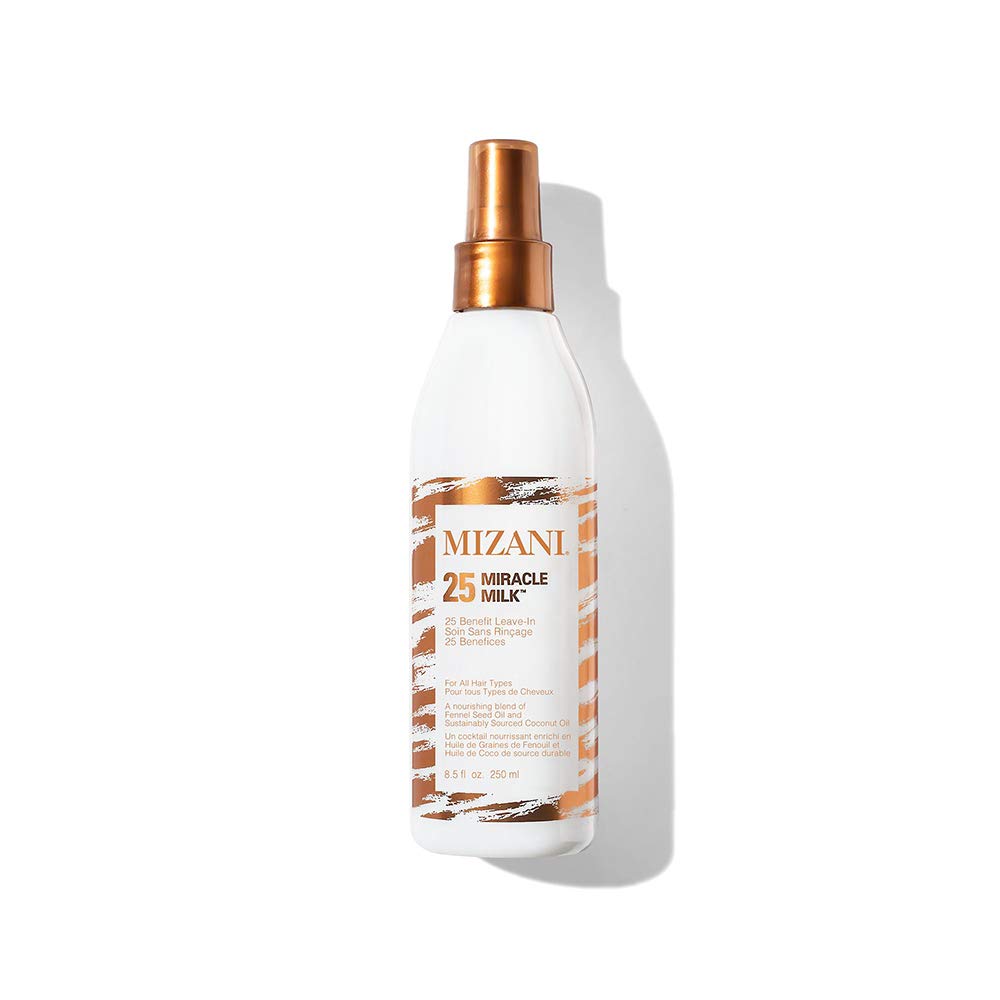
- Brand – Mizani
- Best for – Curly and Frizzy hair
- Scent – Coconut
- Use it on curly wet hair before sleep
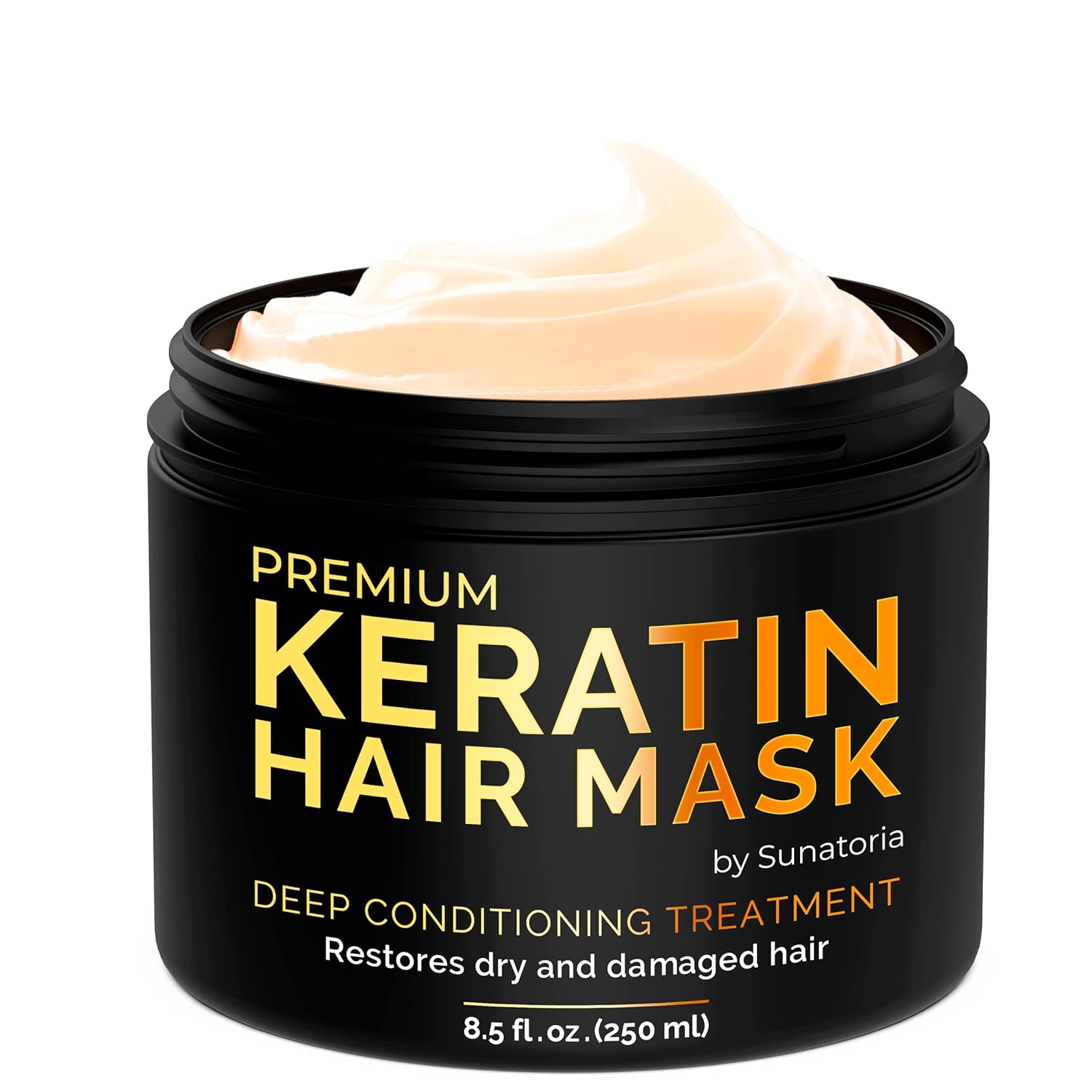
- Brand – Sunatoria Store
- Best for – All hair types
- Scent – Floral
- Use it on curly wet hair before sleep
Bottom Line
In conclusion, mastering the art of sleeping with wet hair involves a few simple yet effective steps. Whether you have straight or curly hair, gentle practices like using a satin pillowcase, applying leave-in conditioner, and opting for loose braids or ponytails can enhance your hair’s natural texture. Embracing these techniques ensures you wake up with manageable, frizz-free locks and minimizes styling time in the morning.
FAQs
It’s generally advisable to let your hair dry partially before bed to prevent breakage and frizz.
Both are beneficial, reducing friction and preserving your hairstyle. Choose based on personal preference.
Yes, but follow steps like patting dry, applying leave-in conditioner, and using a satin pillowcase for optimal results.

